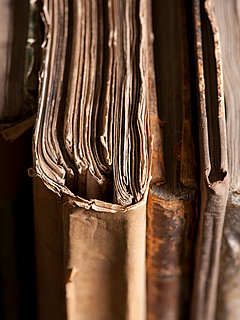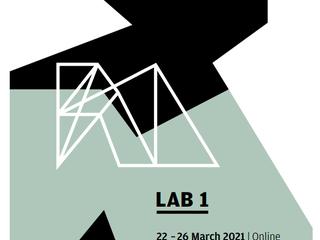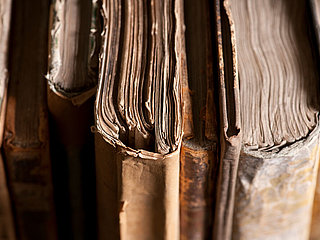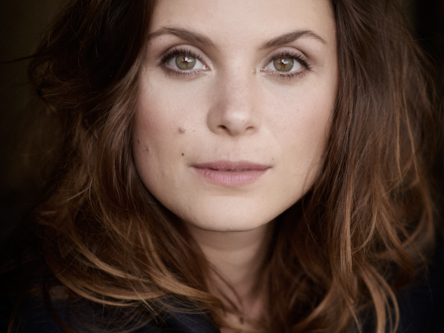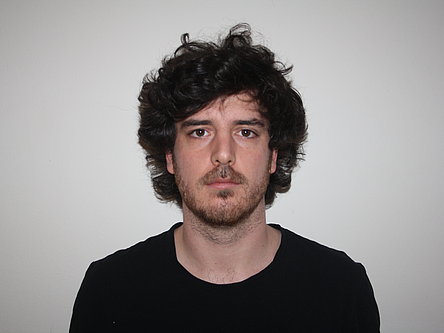Developing critical reflection in artistic research
Through different activities participants discuss various models that introduce critical reflection into music-making. They hear from experienced artist-researchers about their reflective practices and what they hope one can learn from these. Learners trace the path of critical reflection as a practice that can evolve right from undergraduate-level to post-doc work. They engage in different workshops that focus upon specific aspects of reflection, find help for developing own ideas for projects and better understand how critical reflection can work for the enhancement of their musical/artistic life.
Online-Workshop from 22. - 26.3.2021 at the Norges musikhøgskole, NMH Oslo, Norway >>
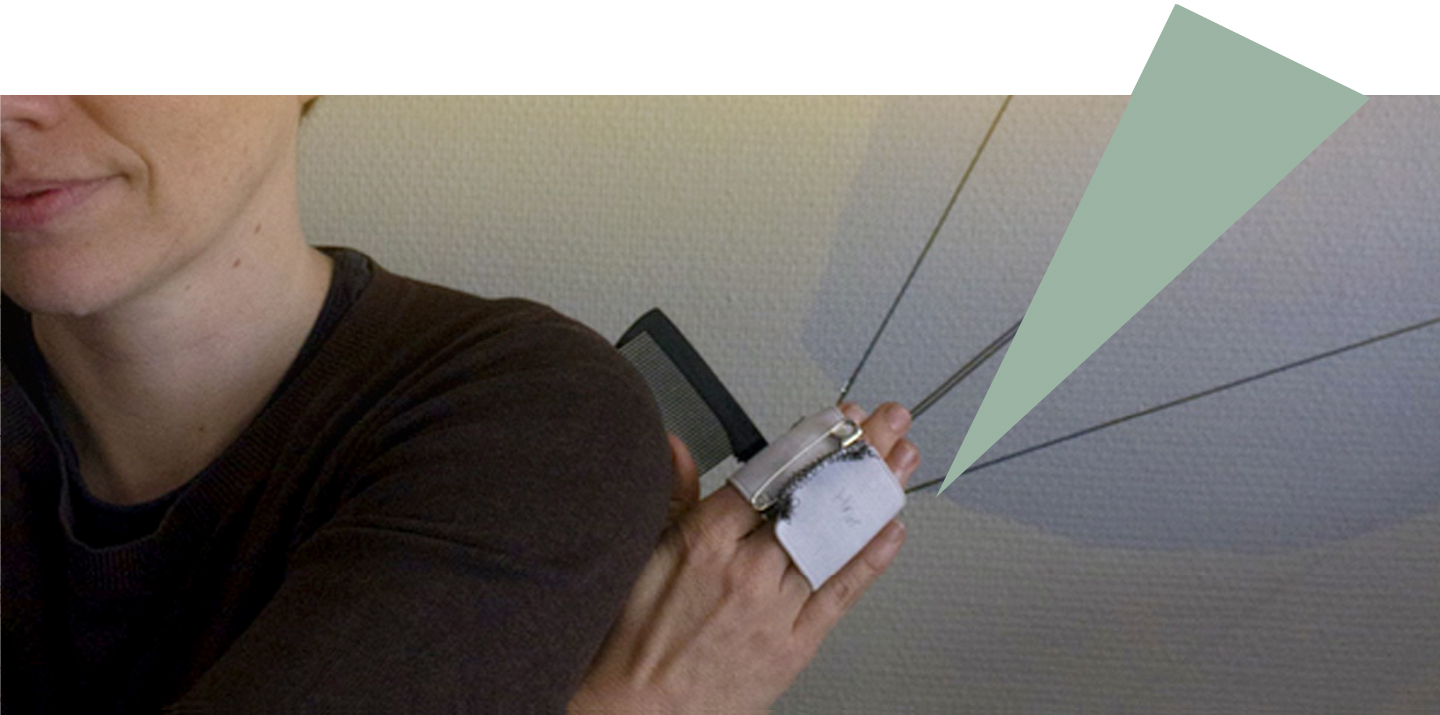
Structure of Methods
Critical Reflection as Exploration
Critical Reflection as Processing
Critical Reflection as Enactment
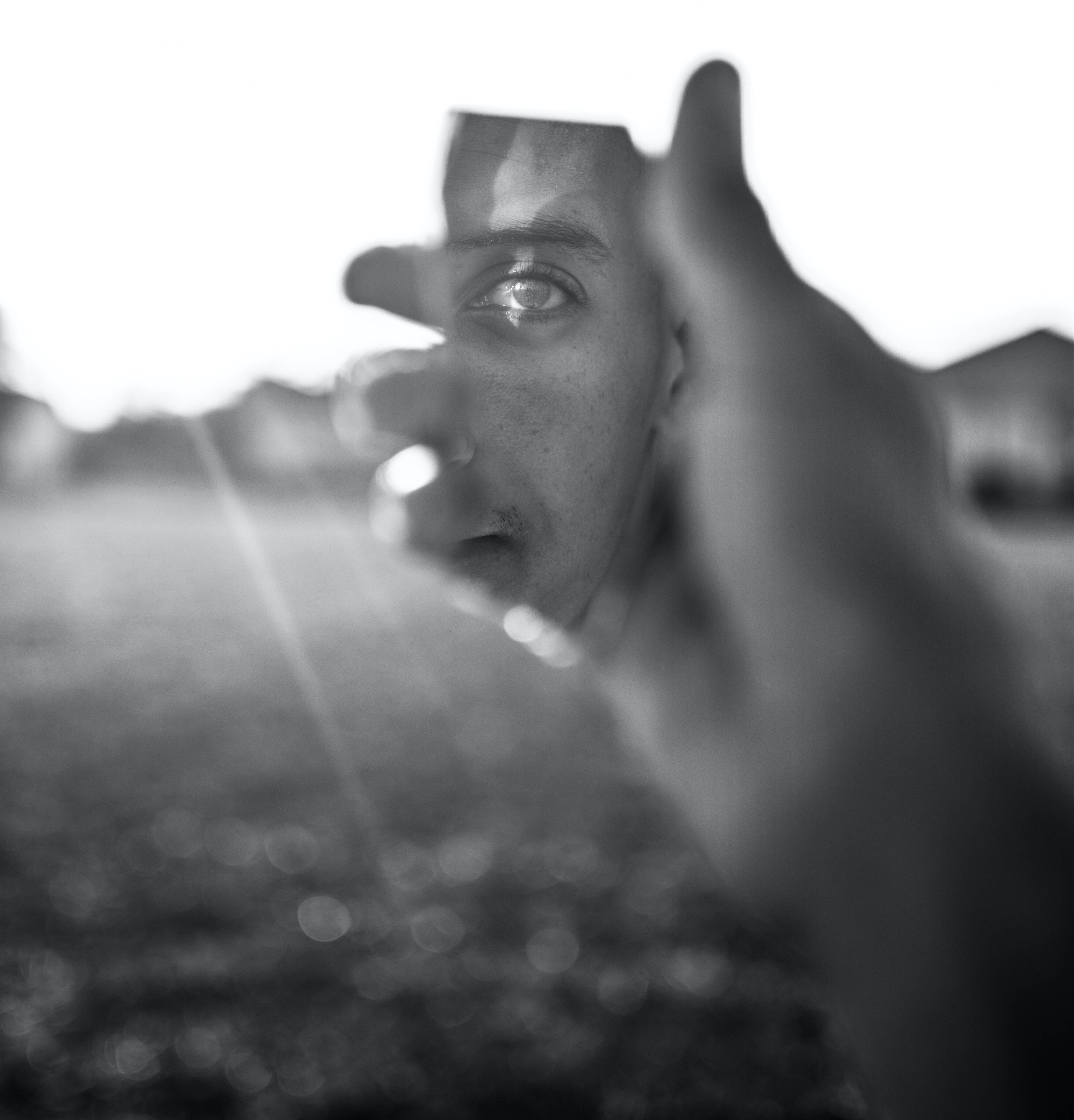
Details
Critical Reflection as Exploration: All participants take some time to prepare by studying examples for artistic research projects (in this case on the Research Catalogue). To frame their thoughts, and to give a common frame of reference, prepared questions are given to lead them through their reflective process (phases: observation, contemplation, interrogation).
Critical Reflection as Processing: Before and during the Lab the NHM team and all participants develop and produce material (such as sound examples, auto etnographic notes, videos, drafts and pictures or notes on discussions and presentations). The Research Catalogue serves as a common plattform for all to acess and to share this material.
Critical Reflection as Enactment: The introduction "A Research Architecture: Explaining the theory behind the Norwegian Academy of Music’s RAPP Lab" and the summary of the week, both by Prof Dr Darla Crispin, present through modification, re-imagination and communication (of the material) critical reflection as enactment.
Testimonials
Stella Louise Göke studied classical singing in the Netherlands and graduated with a Bachelor of Music in 2014. Since graduating, she has lived in her adopted city of Cologne and works as a freelance singer and actress in a wide range of projects across Europe. She has been studying music education in the Master of Arts programme at the University of Music and Dance in Cologne since 2019. Artistic research allows the young soprano to combine two passions of her artistic work: performing on stage as a singer, experiencing music, and scientifically penetrating these processes and discovering new, previously unimagined things.
The week in Oslo was so special for me because although everything went on Zoom (what can be very exhausting) we had a lot of time. There was space to breath, to let impressions sink and to give room to own thoughts. There were lectures from people and very interesting projects to talk about. But there were also experiments with funny things to do. Although I was in my room I started to sing and to explore my instrument in different ways. How do you reflect? Of course you can think about stuff but what else can you do? What material can you use? How can you tell somebody that you reflect without using your voice? And especially for me as a singer it was very interesting to start reflecting without my voice. Because I am used to use my voice all the time. They talked about and taught me to be open to use different materials. So I started to use a tomato. I reflected on the fact when I walk around I sometimes do not feel secure and I feel vulnerable. Especially on stage. And so I choose a tomato: It seems to be very strong, but it is soft and when you smash it, it exploses in every direction. And I kind of reflected on my thoughts of precarity by smashing tomatoes.

